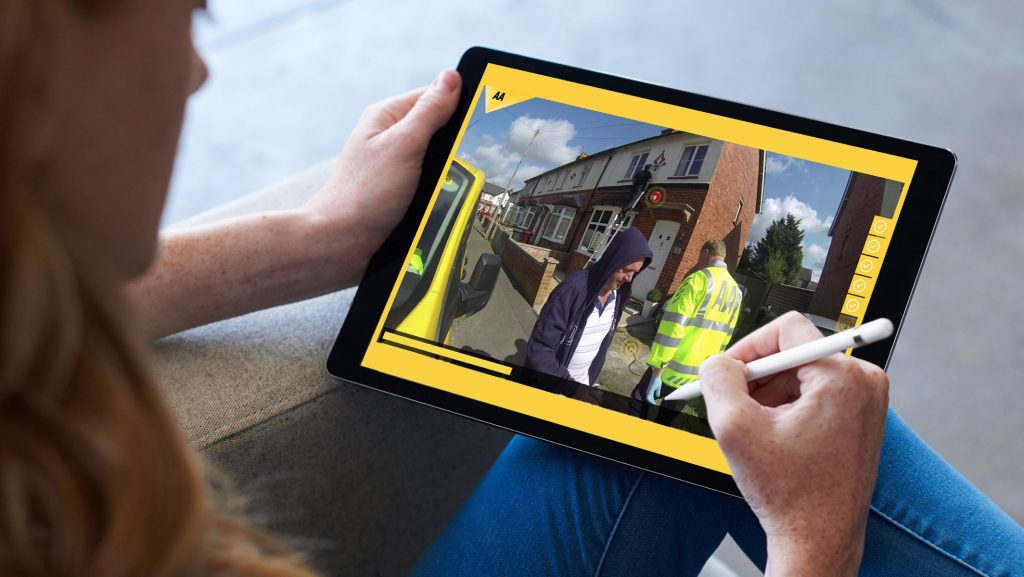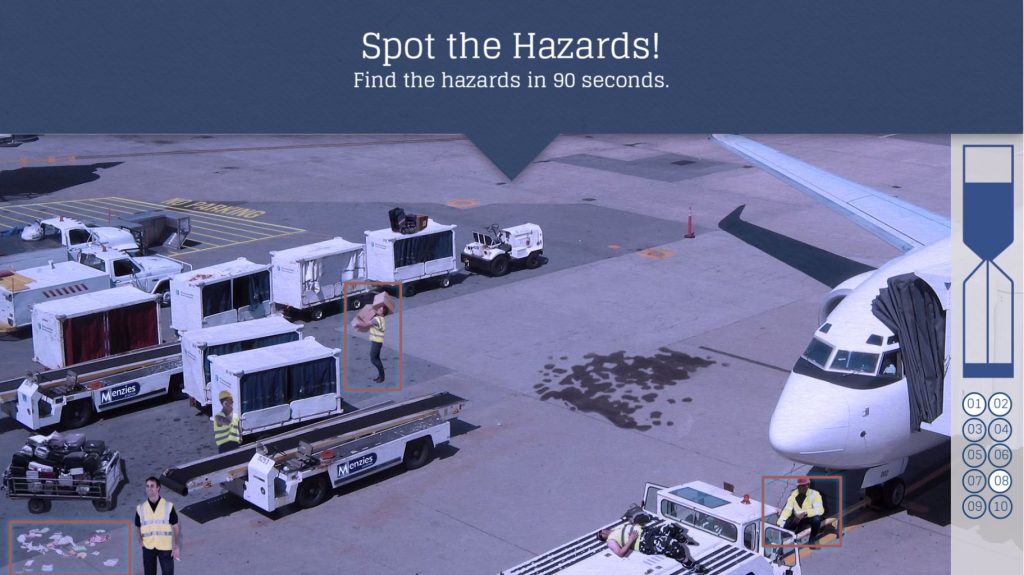What is Interactive Video?
In December 2018 Netflix released Bandersnatch – an interactive film which required the viewer to make various choices throughout in order to mould their own viewing experience. Although this, their fifth interactive film release, was a fairly new technology for Netflix, it’s not so new to Learning Nexus.
Within an L&D setting, interactive video breaks down complex ideas into bite-sized chunks that can be easily processed, reducing the amount of reading required of the learner. Utilising workplace narratives, it increases knowledge retention.
Any video can be made interactive with almost limitless interactions, which in turn allows for deeper engagement.
Our Process
Before interactive video is even considered, we look at whether it’s actually the delivery method we feel will be most effective.
Providing interactive video is the way forward for your learners. We then consider what will make your learners ‘tick’ – people react differently to the way information is conveyed. The demographics of your business are of vital importance to the content and delivery of online learning.
Once we have a good idea about how the project will be delivered, we get down to the ‘nitty gritty’:
- What’s your message?
- What do you want to achieve?
- What settings or backdrops should be included?
- What equipment will you need?
- Who should appear in the video?
Following on from the ‘project scope’, our creative team will get to work providing the expertise needed – directing the actors, shooting and editing the video and creating the interactions.
Working together, we can support your journey into interactive video.
Outcome
Now you know a little about interactive video and our process, it’s time to see what we’ve delivered to our clients.
AA
The AA has a large number of their workforce ‘out on the road’. As you can imagine, they’re faced with a variety of scenarios, all of which come with their own hazards and risks. From poorly lit country lanes to motorway hard shoulders as cars come speeding past – being able to assess dynamic situations is extremely important.
In order to immerse the learner in a realistic situation, we worked with the AA to film three different scenarios. In these scenarios, the learner has to identify hazards once they see them on screen – this could be animals, moving vehicles or people.
Once they undertake these activities, learners then have to answer some questions on how a particular hazard should be controlled.
This is a great way to bring learning to life and make it 100% relevant.

Safran
Safran have to undertake regular risk assessments given the complexity and danger of their workplace. They required a simulation to help with training for this process, including how to spot deviations and how to manage them once found.
By using interactive video, we were able to film real environments with moving risks in a first-person view. Learners could also move around the location and inspect different rooms or areas in order to search for deviations. This meant that they were able to demonstrate their newfound skills in a realistic environment.

